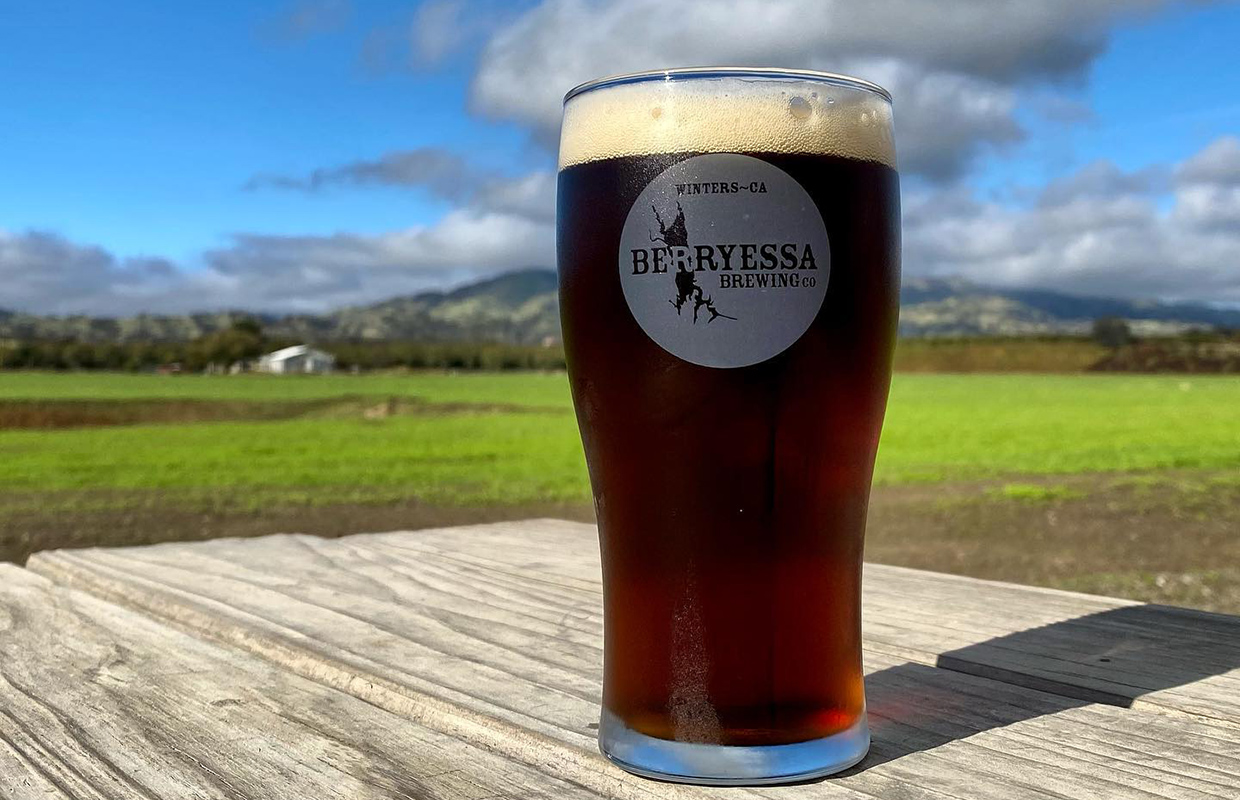
When it comes to choosing the right label for your cans, many breweries weigh the cost of different options, such as printed, shrinkwrapped or adhesive labels along with shipping, storage and even availability.
Making that choice is a personal one. A certain look may tell a brewery’s story better than another, for instance.
In Boise, Idaho, Sockeye Brewing‘s overall theme and brand is appealing to the avid outdoor enthusiasts within the state as well as the rest of the northwest.
Sockeye jumped on cans early, being the first in Idaho to make the switch to canned beers.
The choice to can in-house was mostly based on quality control as well as profitability said Marketing Director Mark Breske.
“By being able to monitor every step of the canning process from the fermenter to the finished can, we are able to maintain a level of quality and consistency that you just can’t get when sourcing out the process,” he said.
Sockeye has chosen to use adhesive labels, shrink wrap and painted/printed cans depending on the style and run.
“If we have a style that is available year round and the sales justify the production costs, we will look at a painted can,” Breske said. “Shorter runs and limited releases typically get shrink wrapped, and super short run styles (“one and dones”) will get an adhesive label.”
In Seattle, Pike Brewing decided on printed cans over labels or a wrap because they thought the look and feel of the print speaks to the quality of its beer.
“The designs for our two current cans (Pike Space Needle Golden IPA and Pike Hive Five) also utilize the can’s actual aluminum, which shines through better with printing,” said Communications and Events Director Zan McColloch-Lussier.
For Anchorage, Alaska’s Midnight Sun, Barb Miller said that the brewery knew it wanted printed cans. Now, using the same graphic artist since 1994, the brewery had four beers canned.
“Can art is different than our bottle label art so, while similar, the art/printing process is different which requires a slightly different look,” she said. “We are considering shrink-wrap labels for non year-round beers but we just put three of our canned beers into 12-packs and we will be adding a new can at summer’s end so that is probably a winter project.”
For Charleston, South Carolina’s Holy City Brewing, owner and Production Manager Chris Brown said the year-rounds come painted after going through different label scenarios the past two years.
“We labeled cans after they were filled, the labels stuck great but the line never kept up with the canning line and always added headaches to the day,” he lamented. “Runs with labeled cans always added another man to the run and took more time out of the day. Plus I like the way painted looks better.”
Looks drove Pike’s design as well.
“We’re lucky to have Charles Finkel as our owner and designer,” McColloch-Lussier Said. “Charles has designed so many famous beer bottle labels, such as Ayinger’s Celebrator and Samuel Smith’s Oatmeal Stout, and creates all of Pike Brewing Company’s designs.
“The cans were a new challenge for him, which he relished.”
Holy City photo credit: Nickie Stone







1 Trackback / Pingback